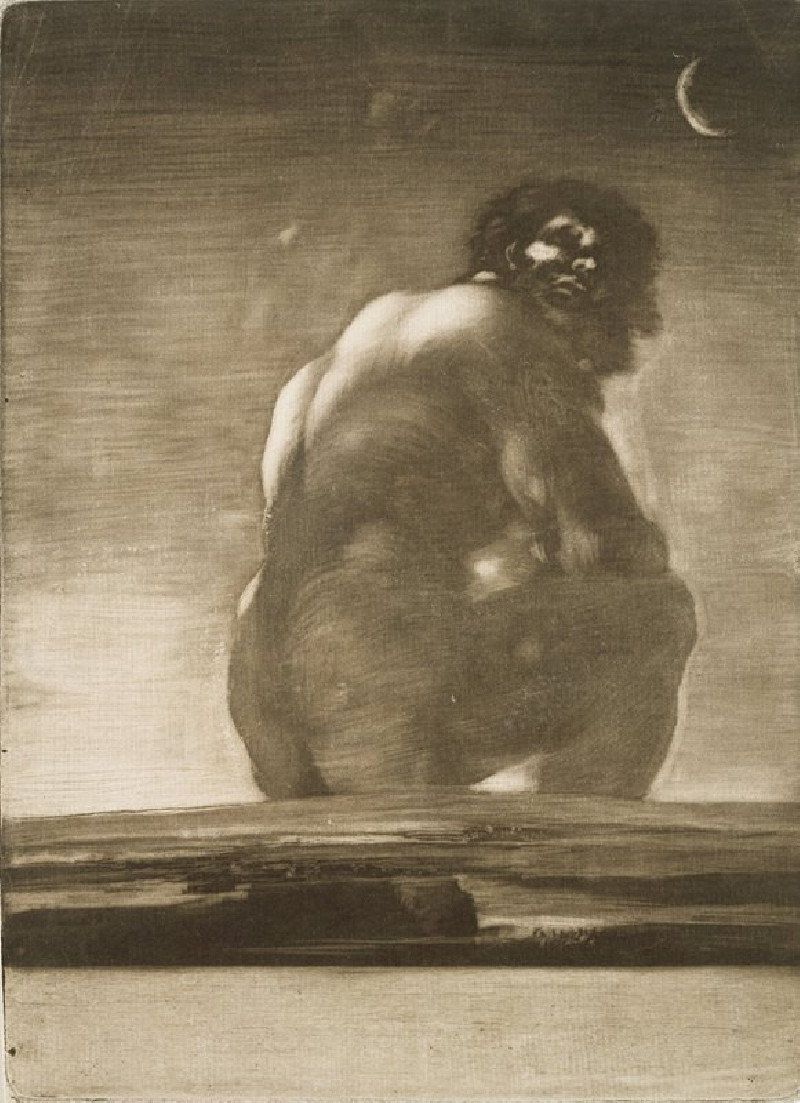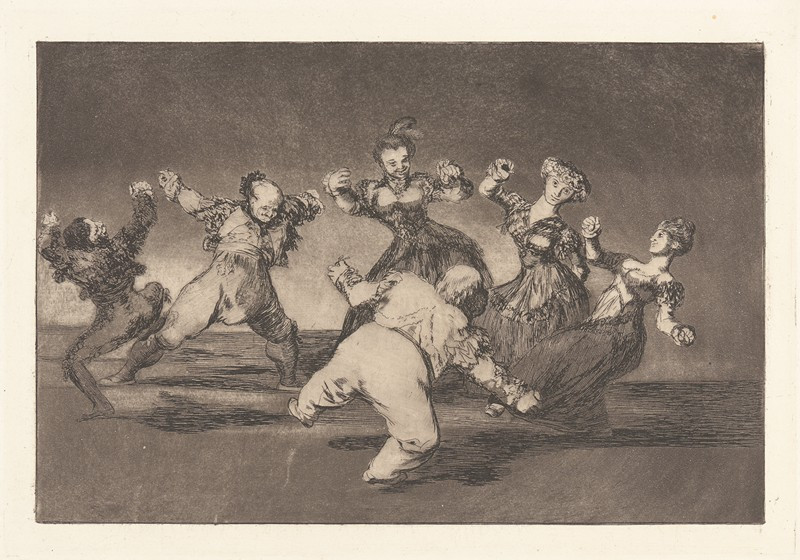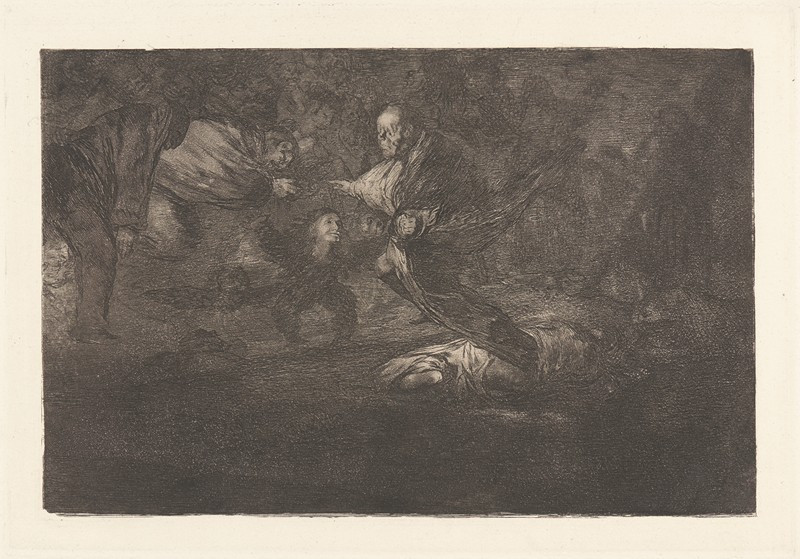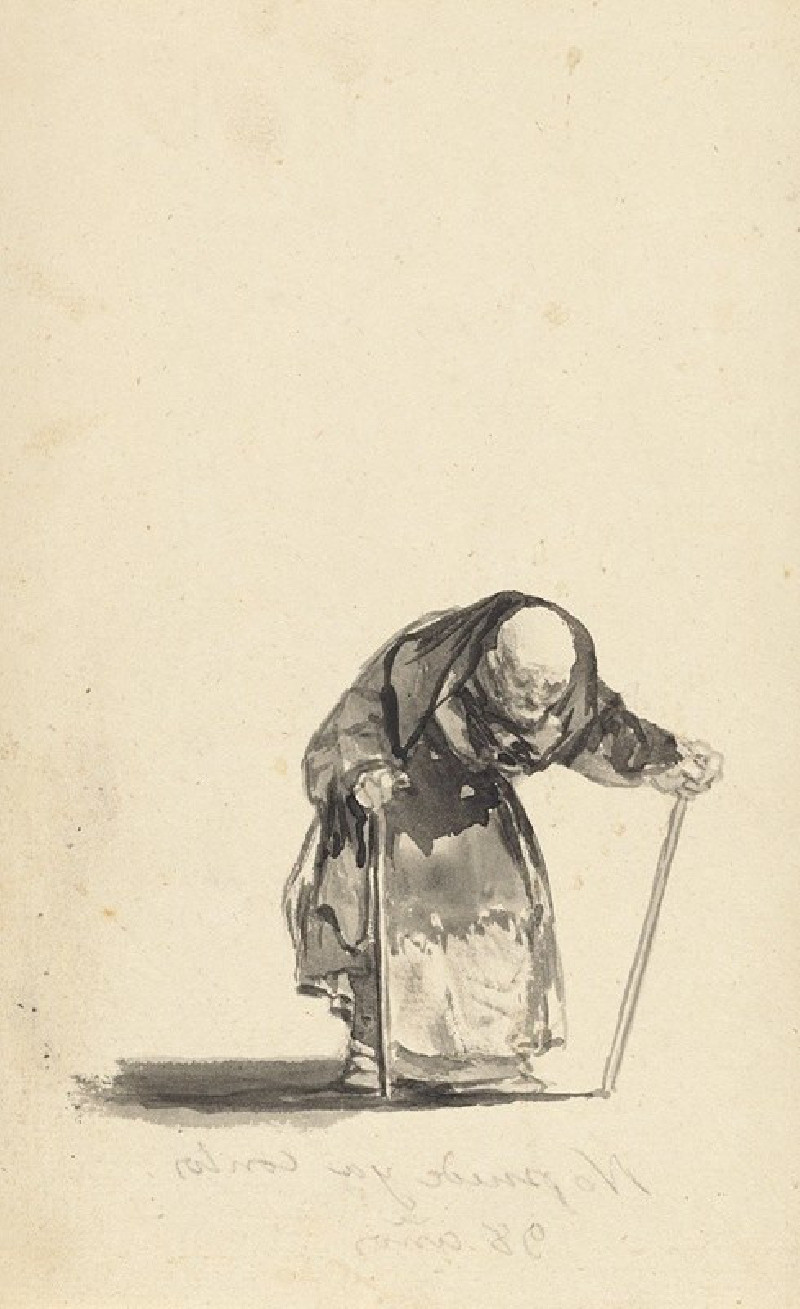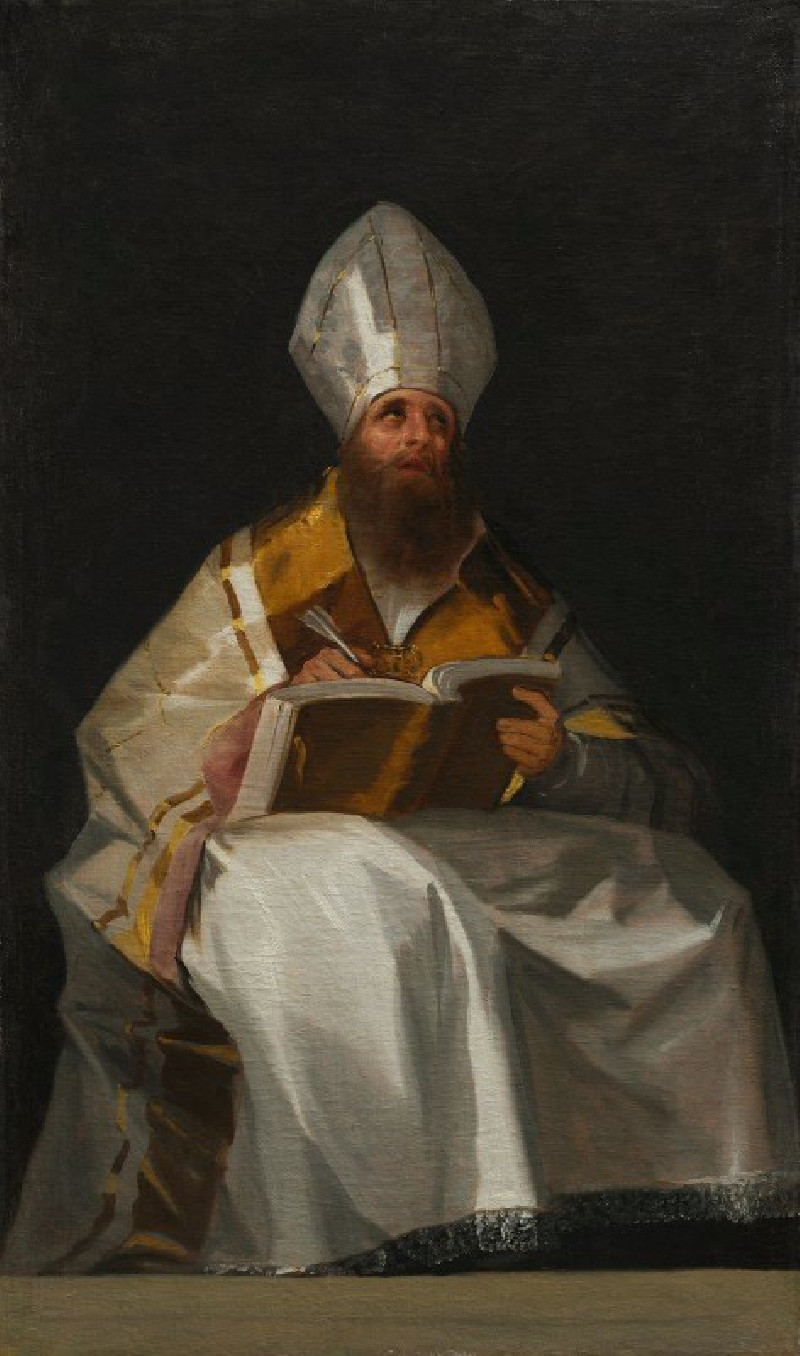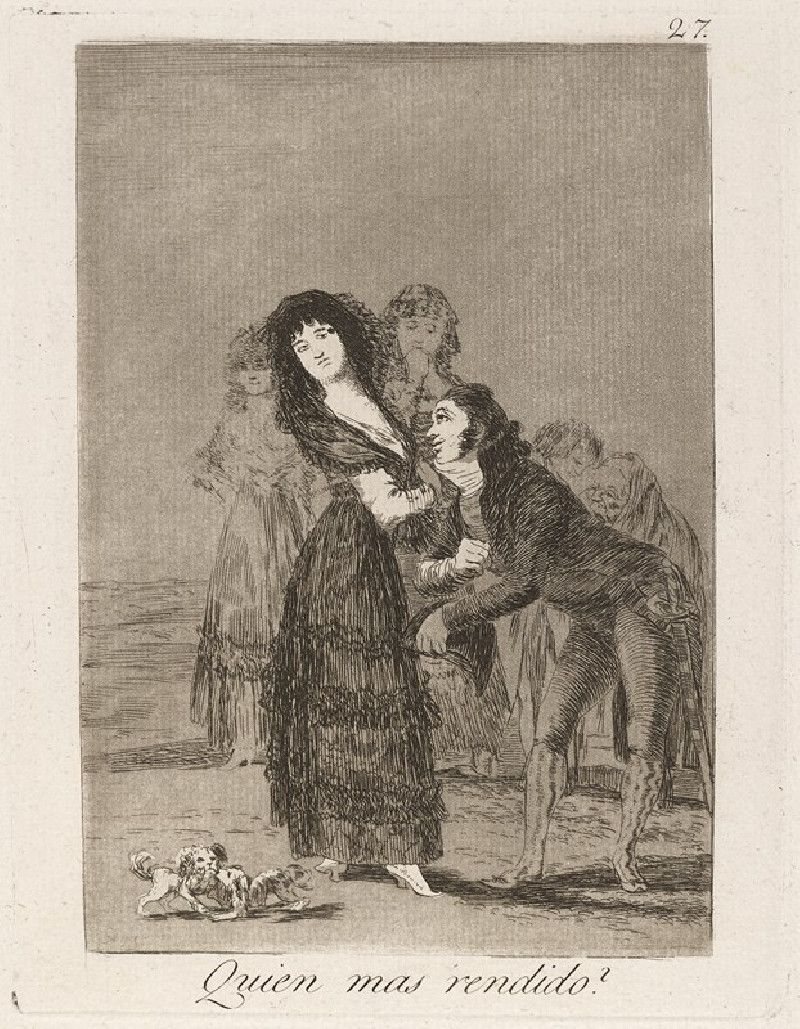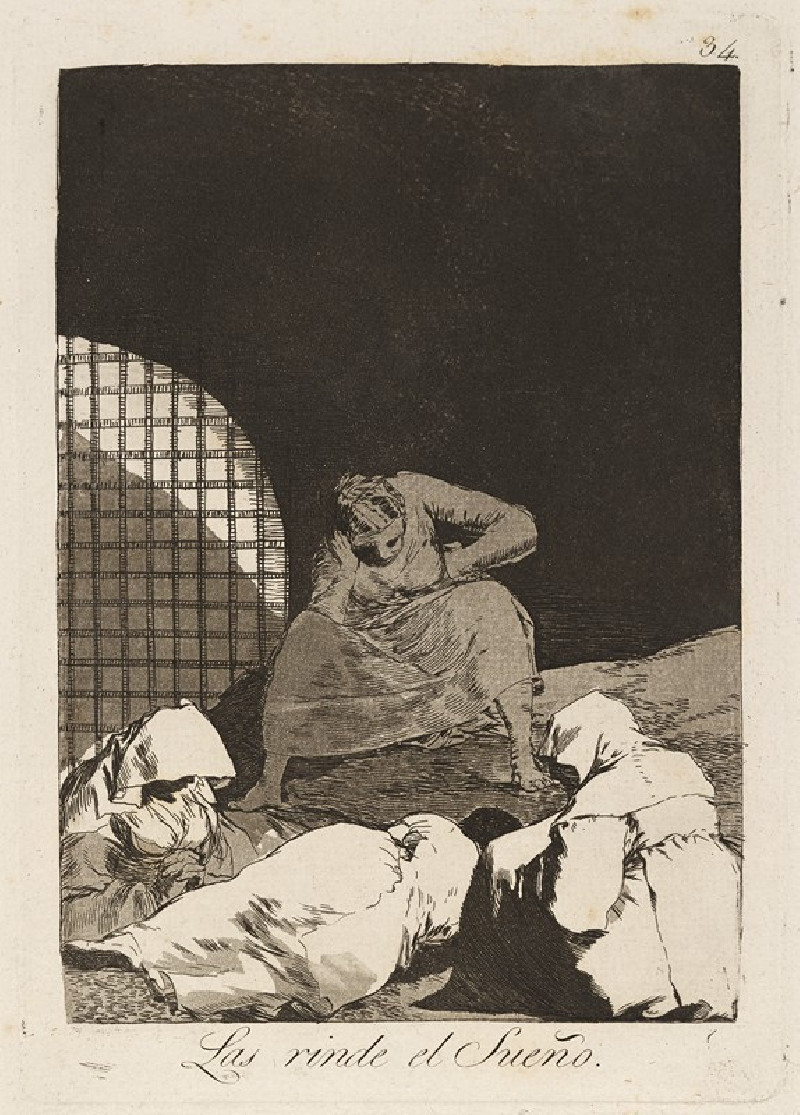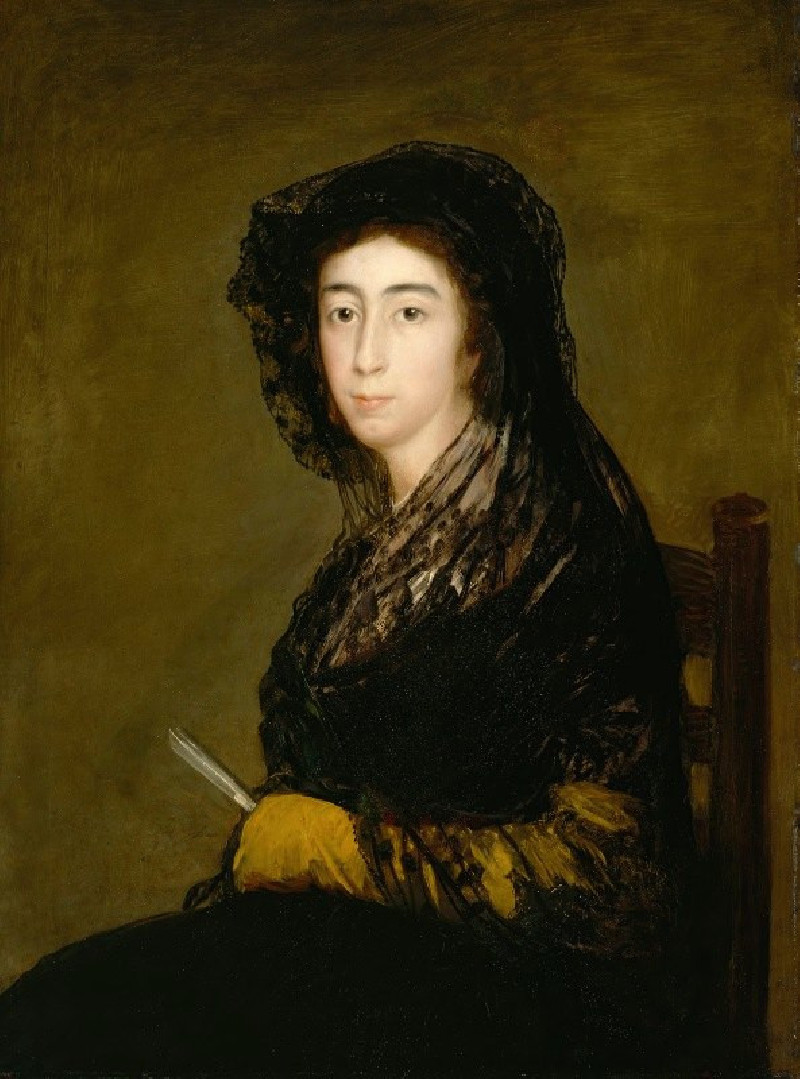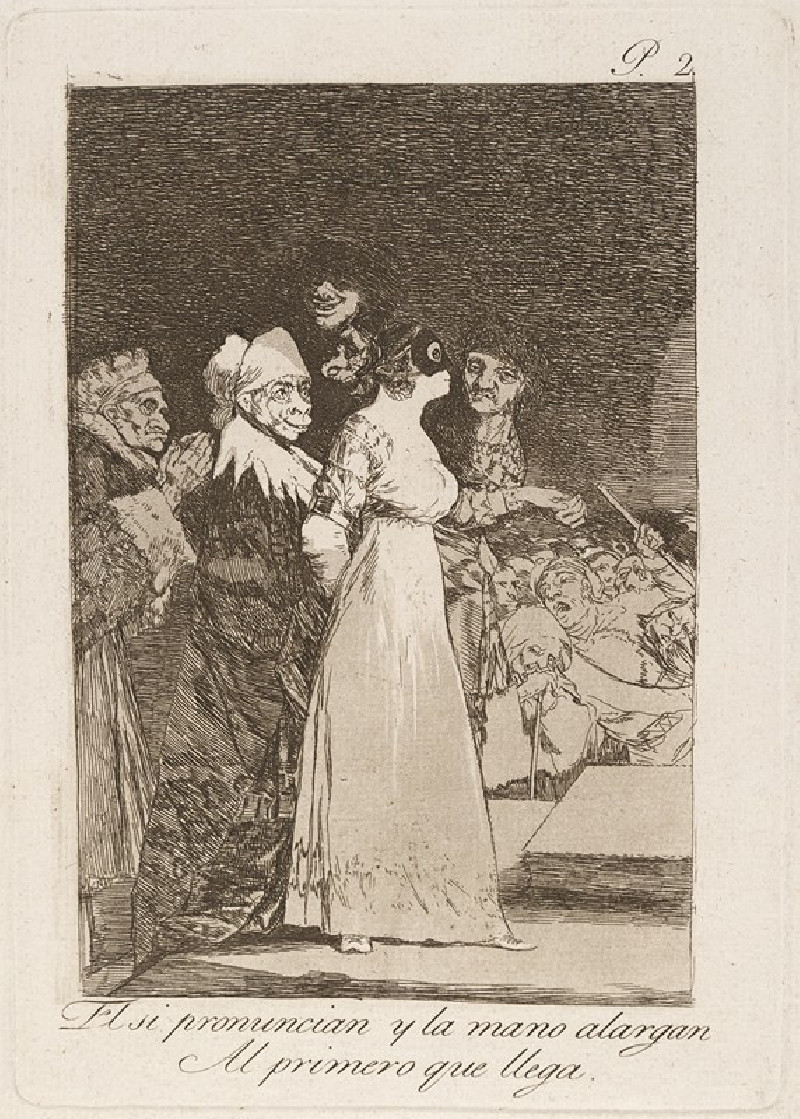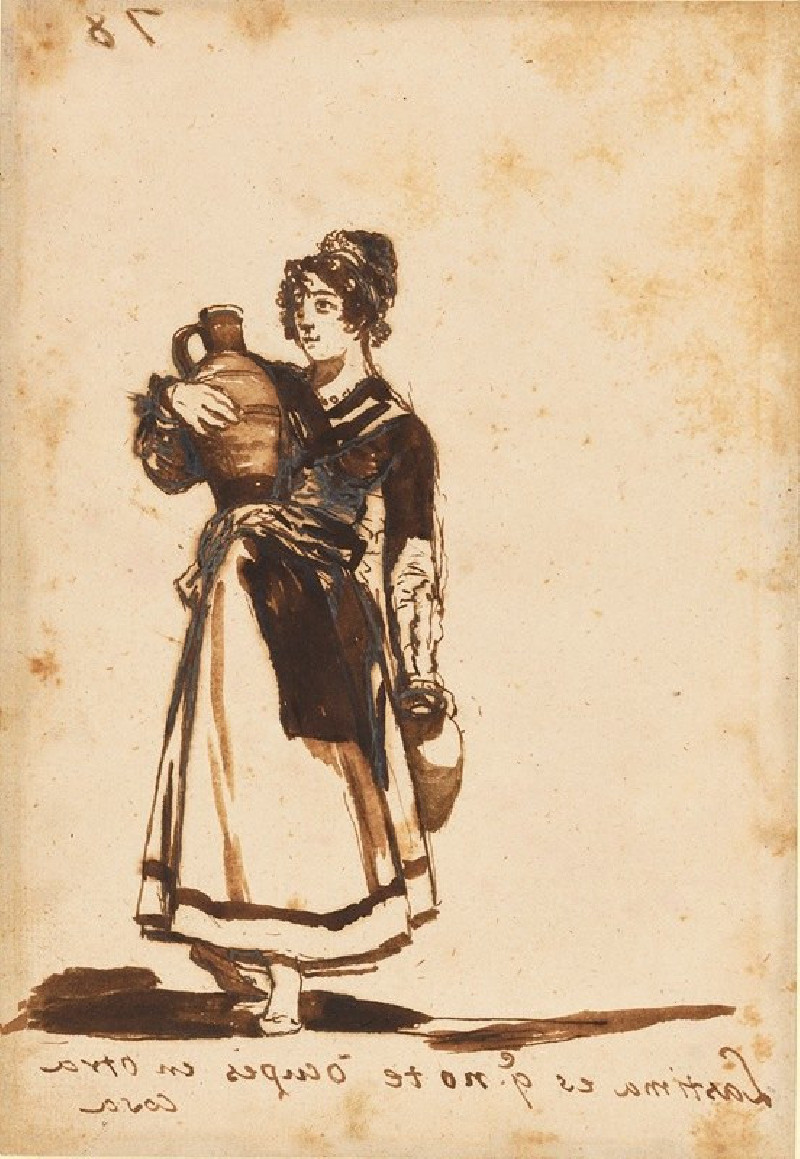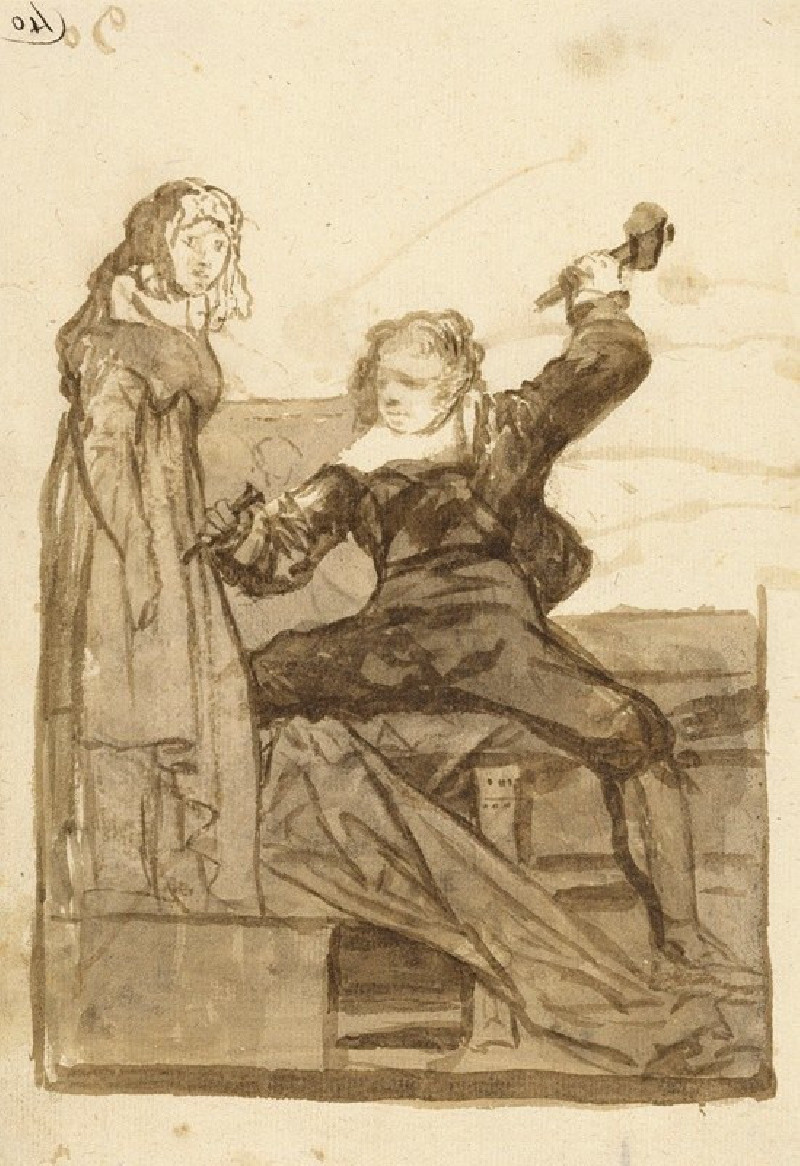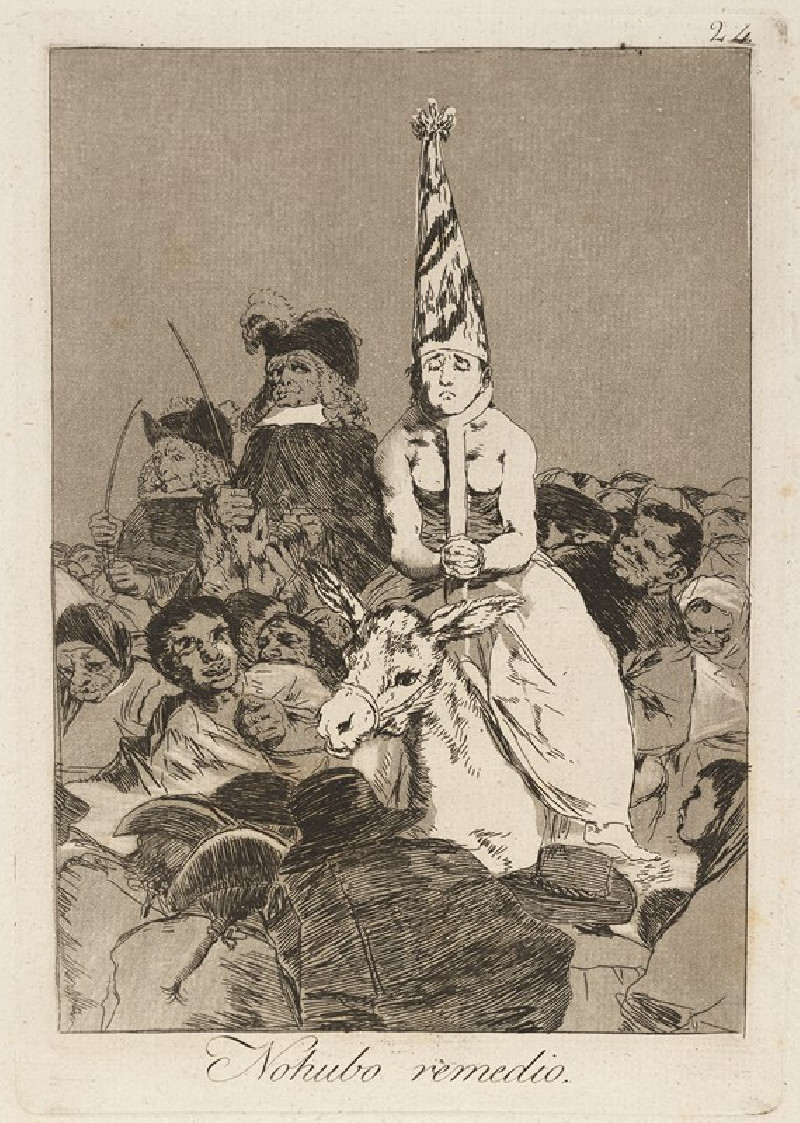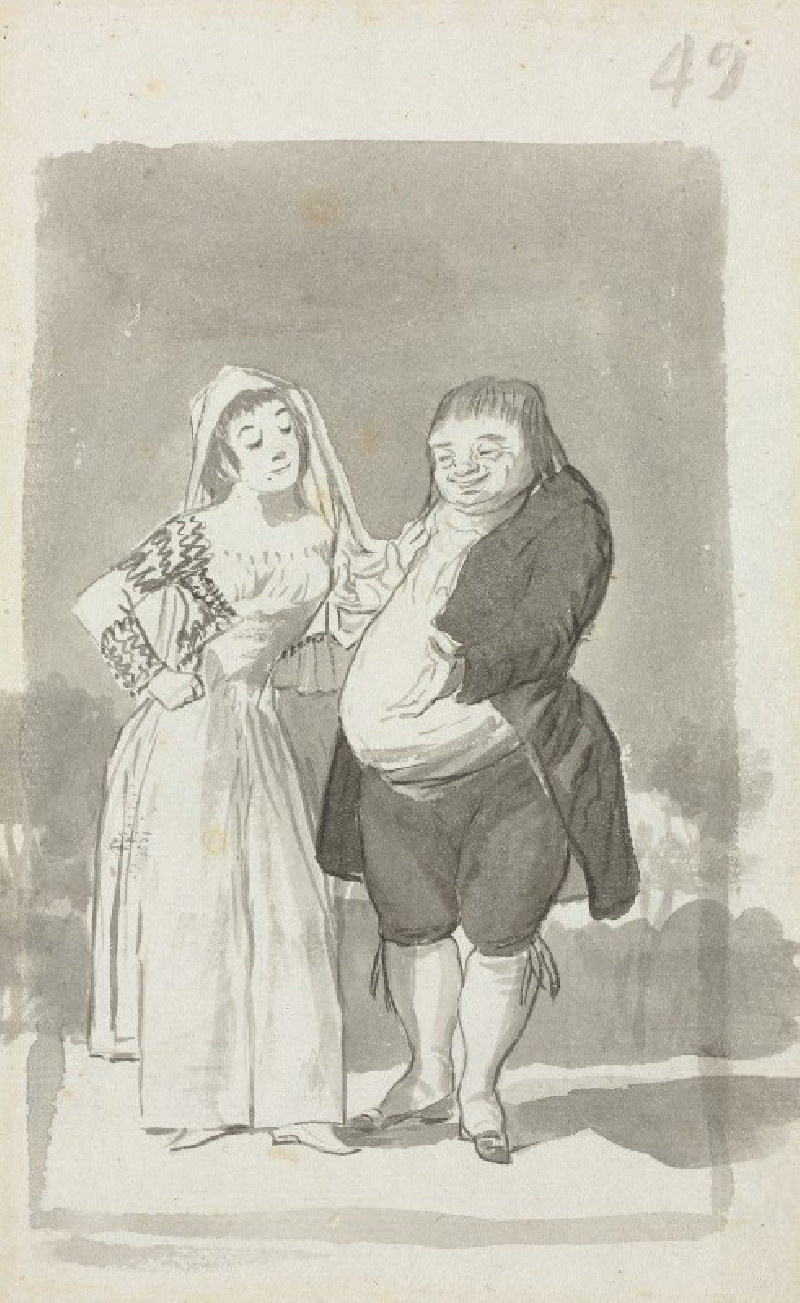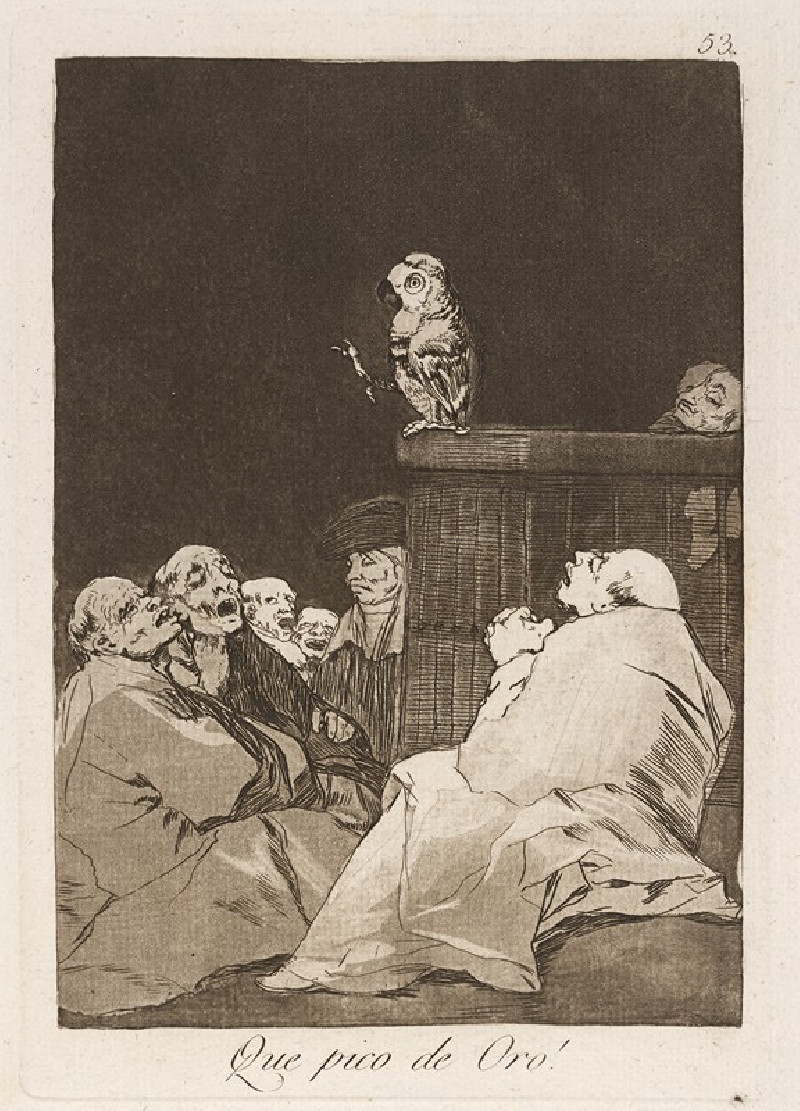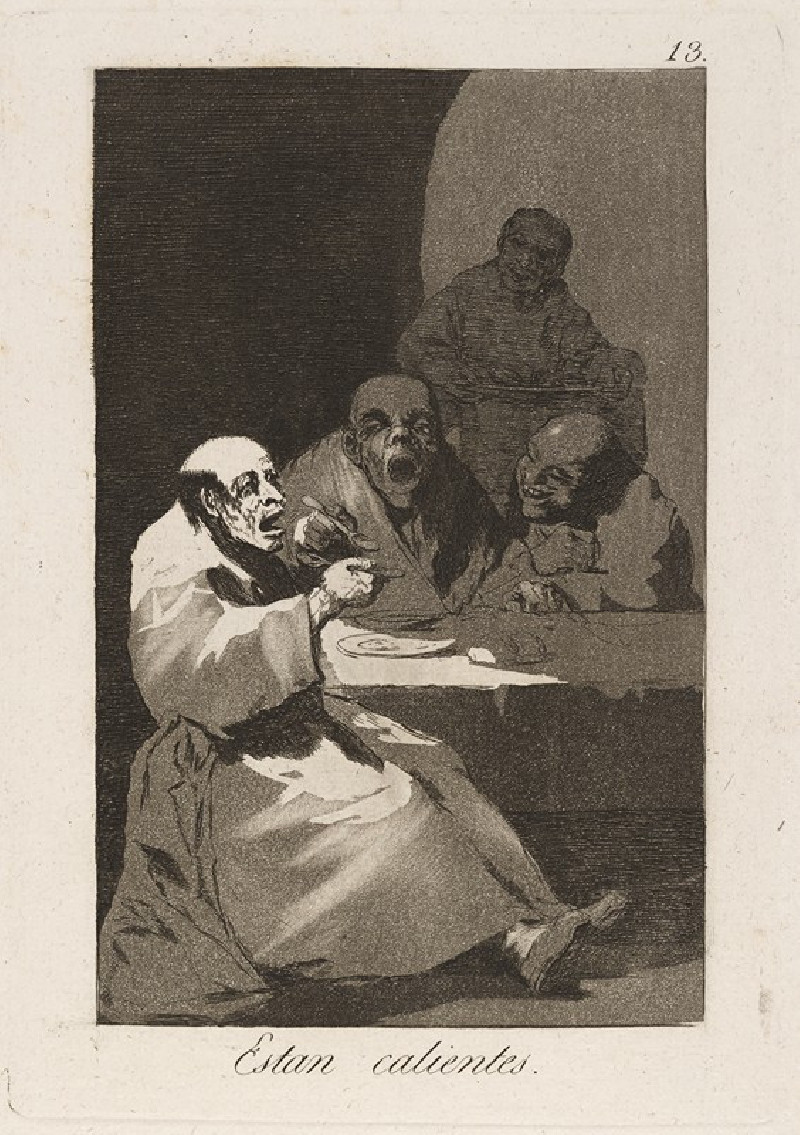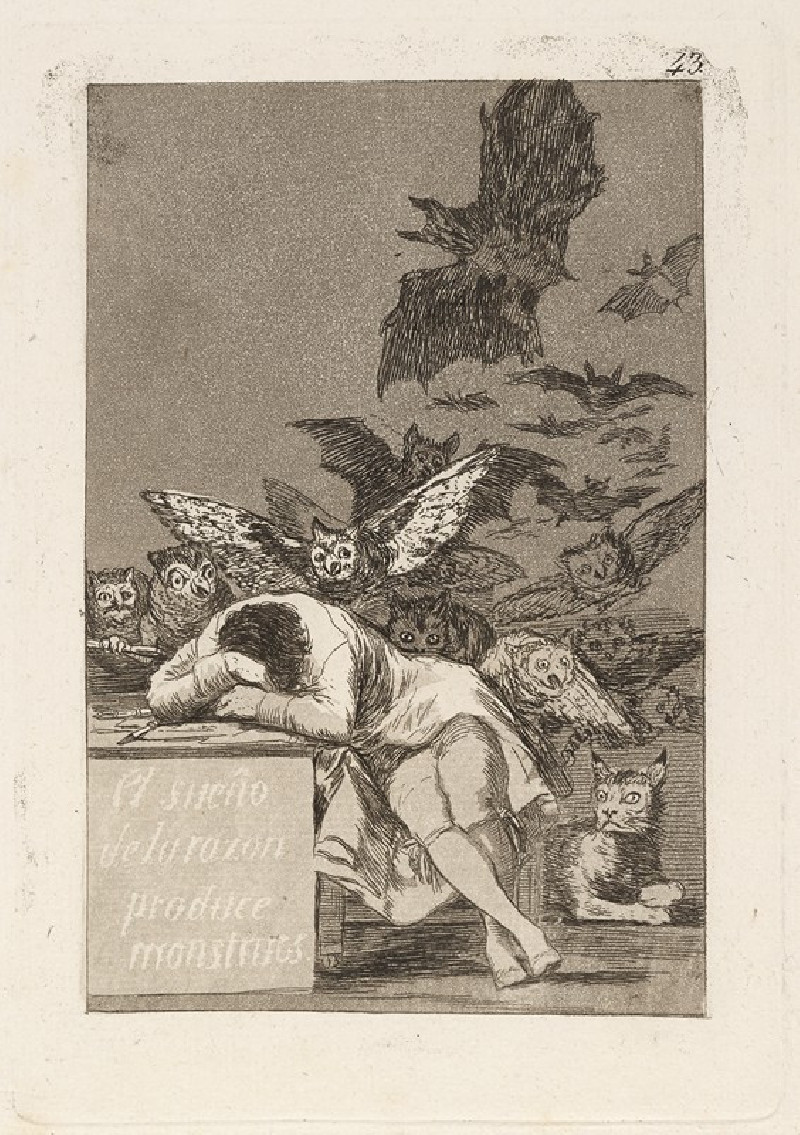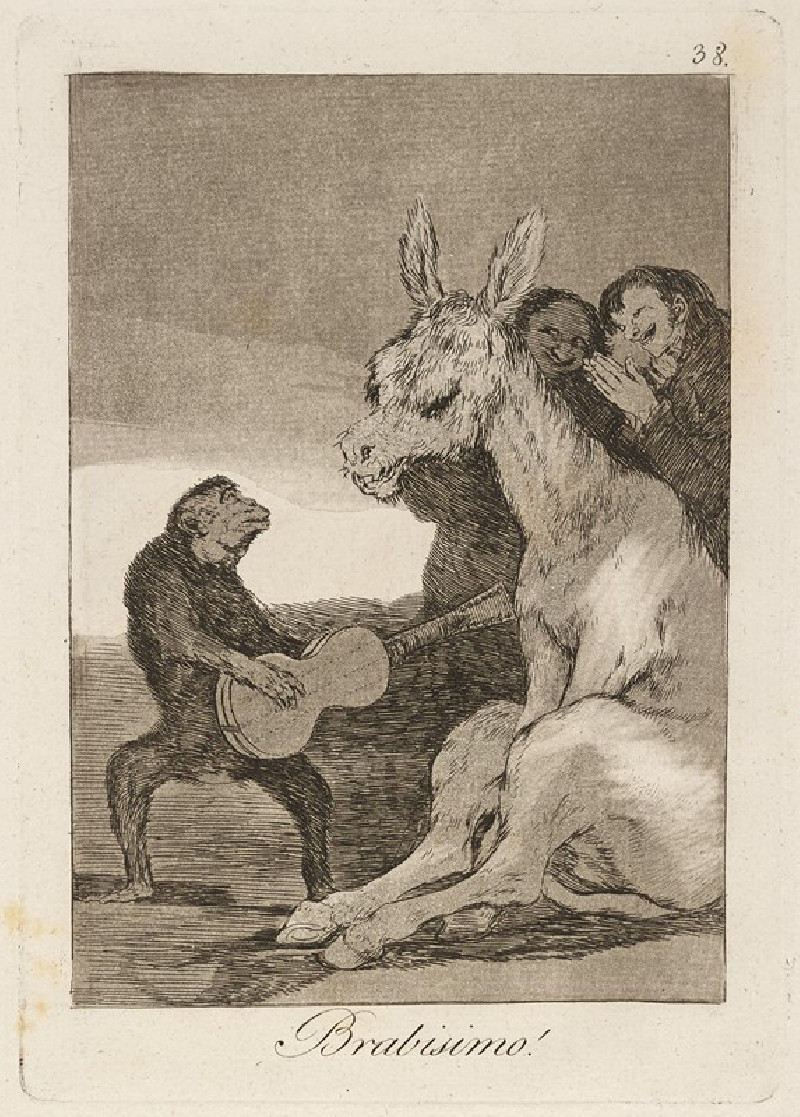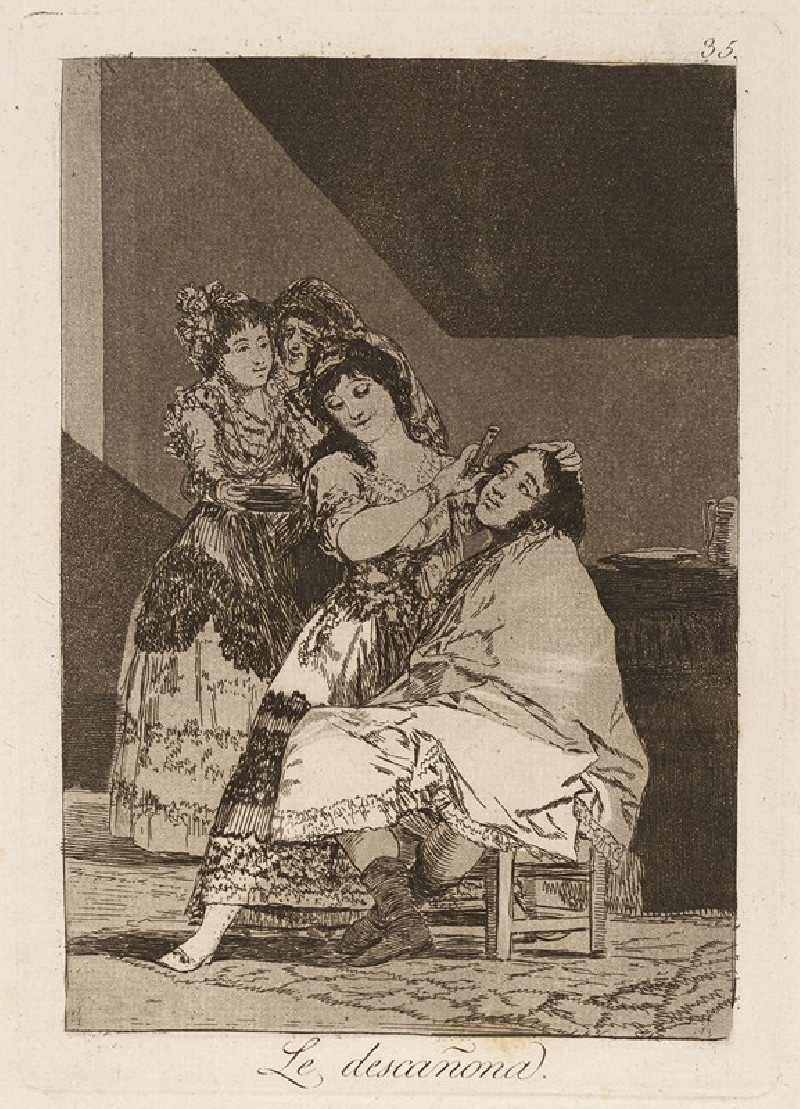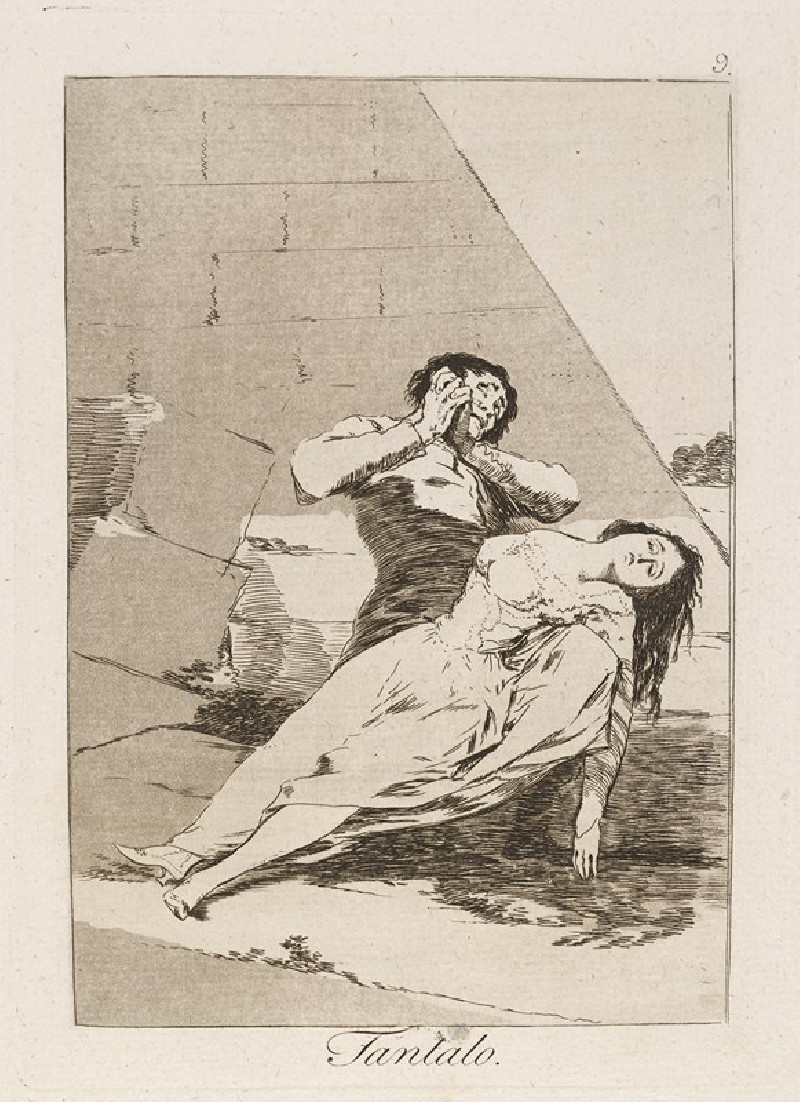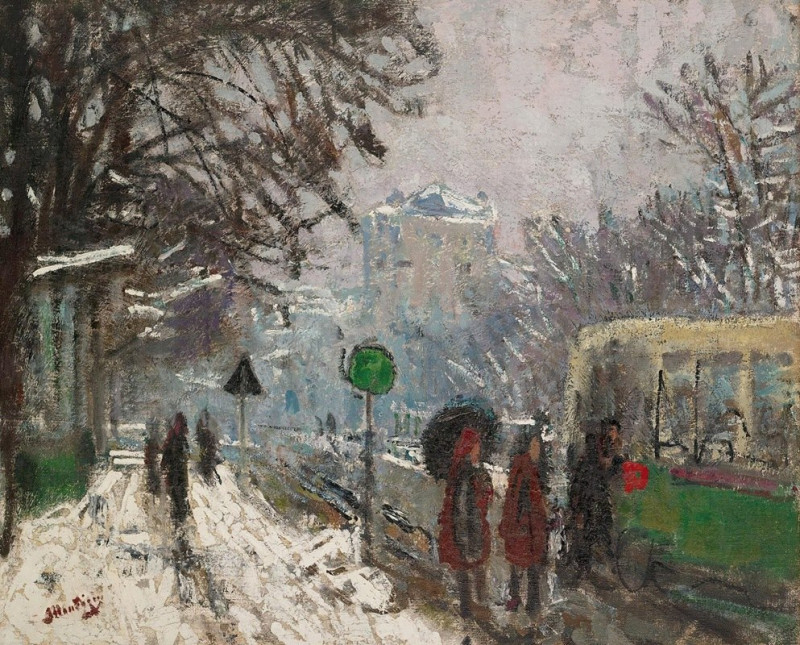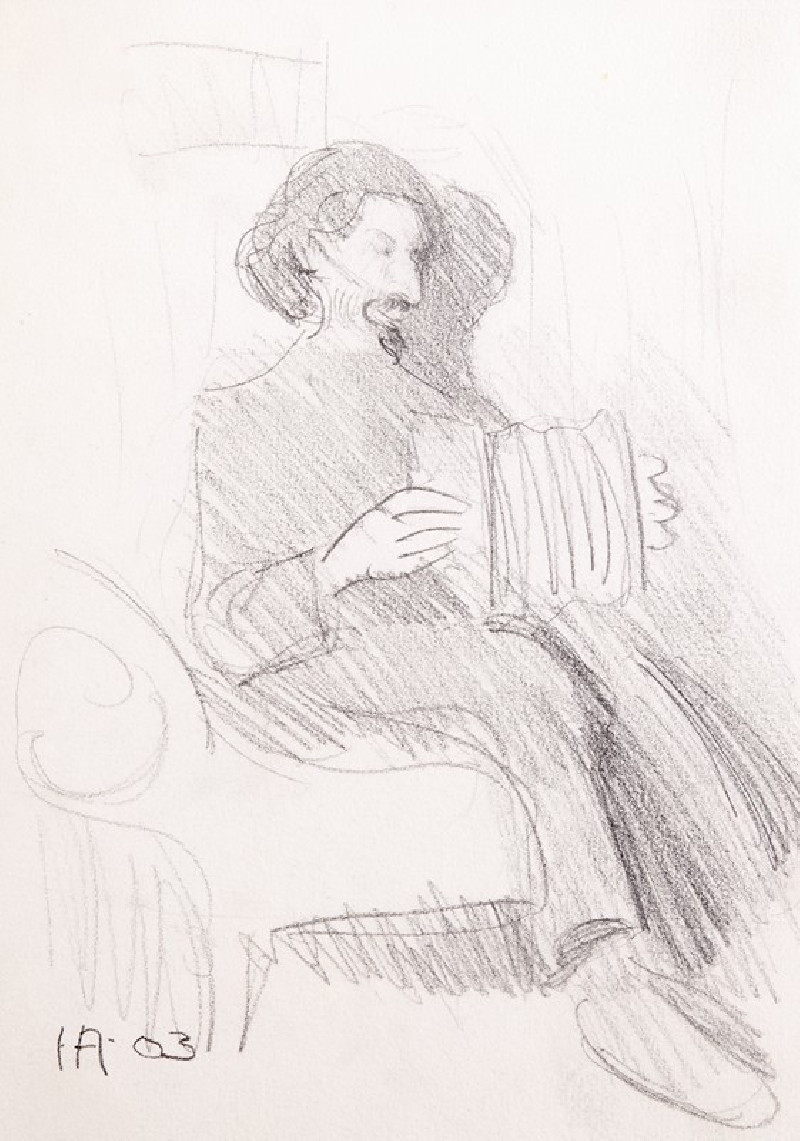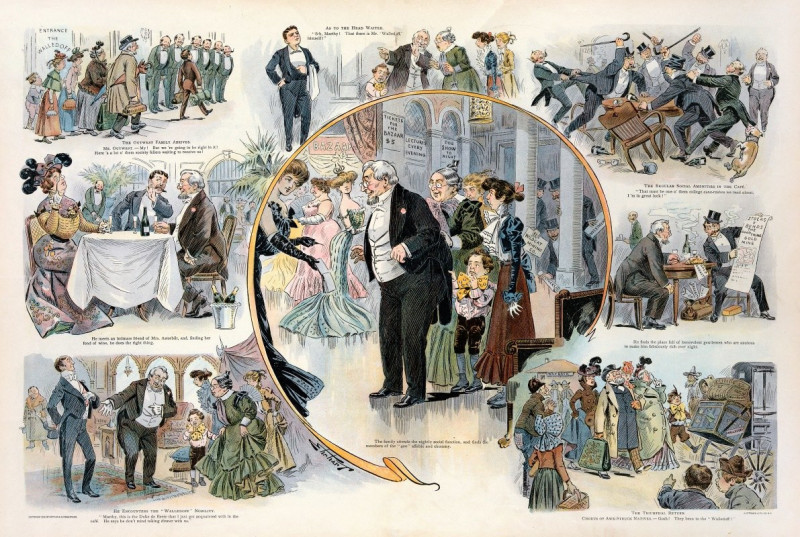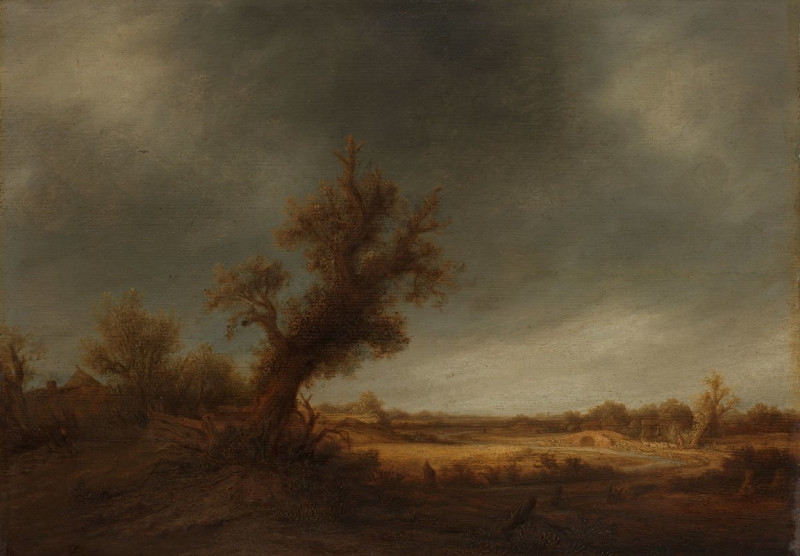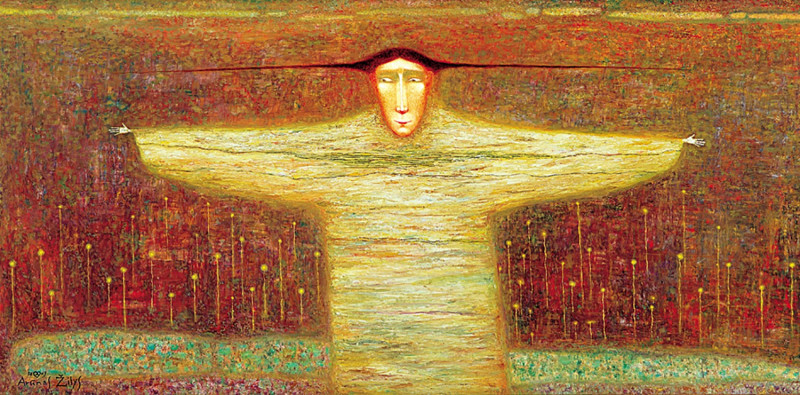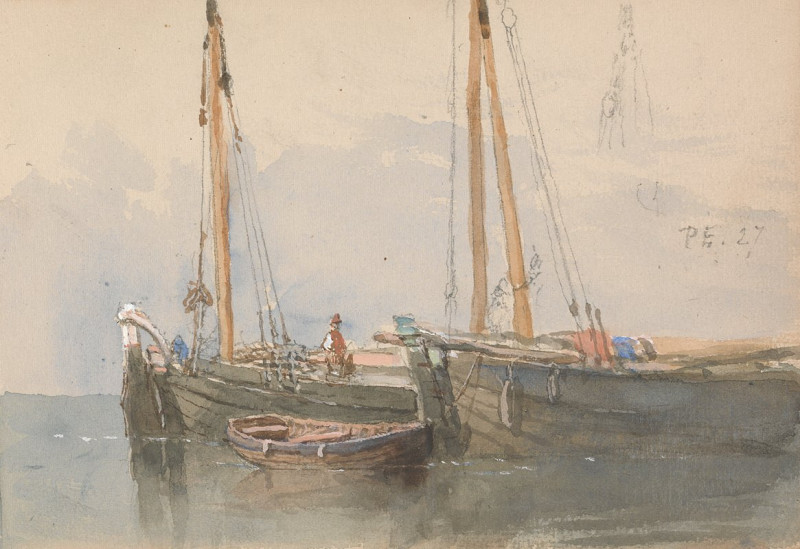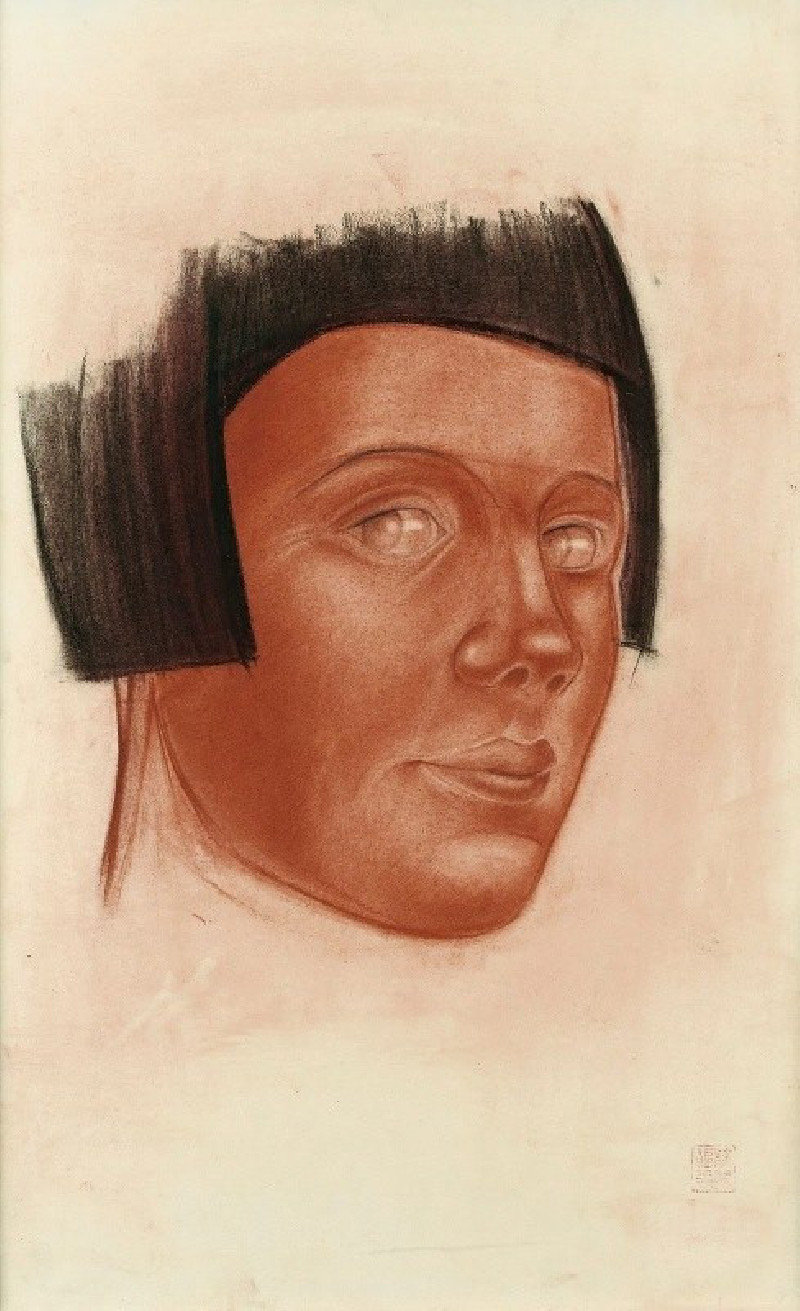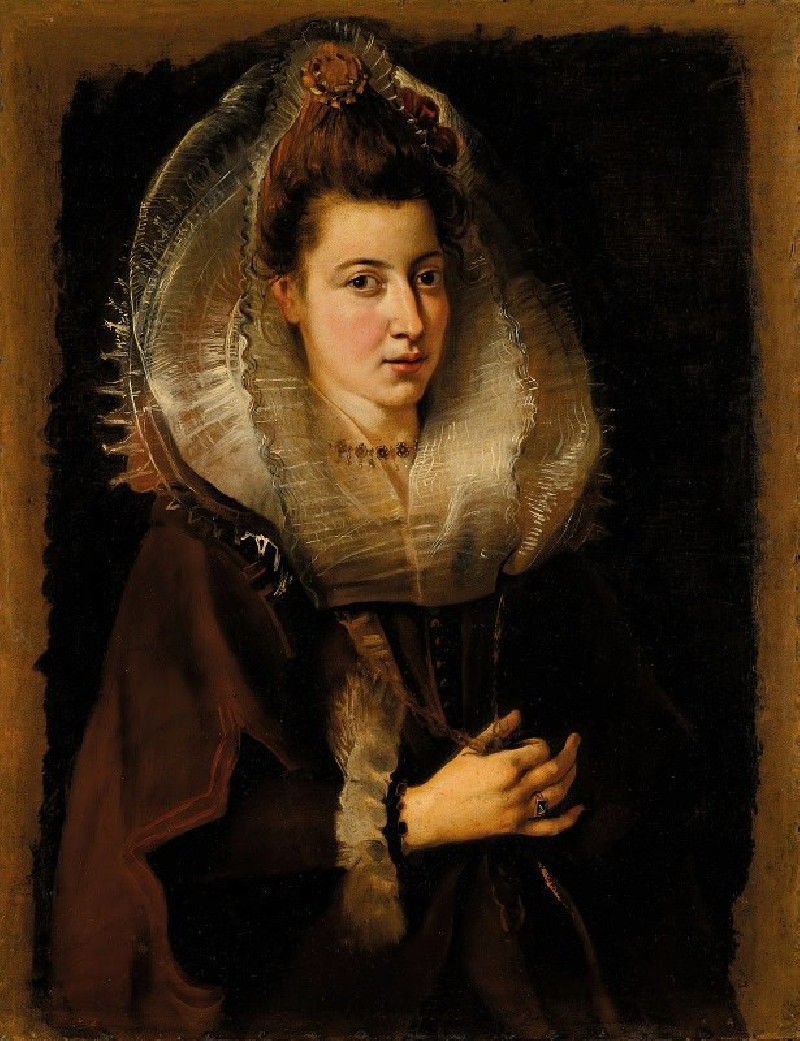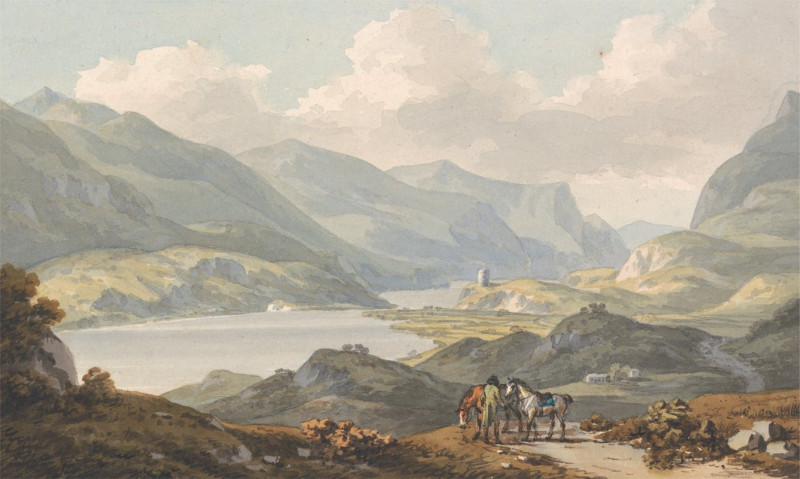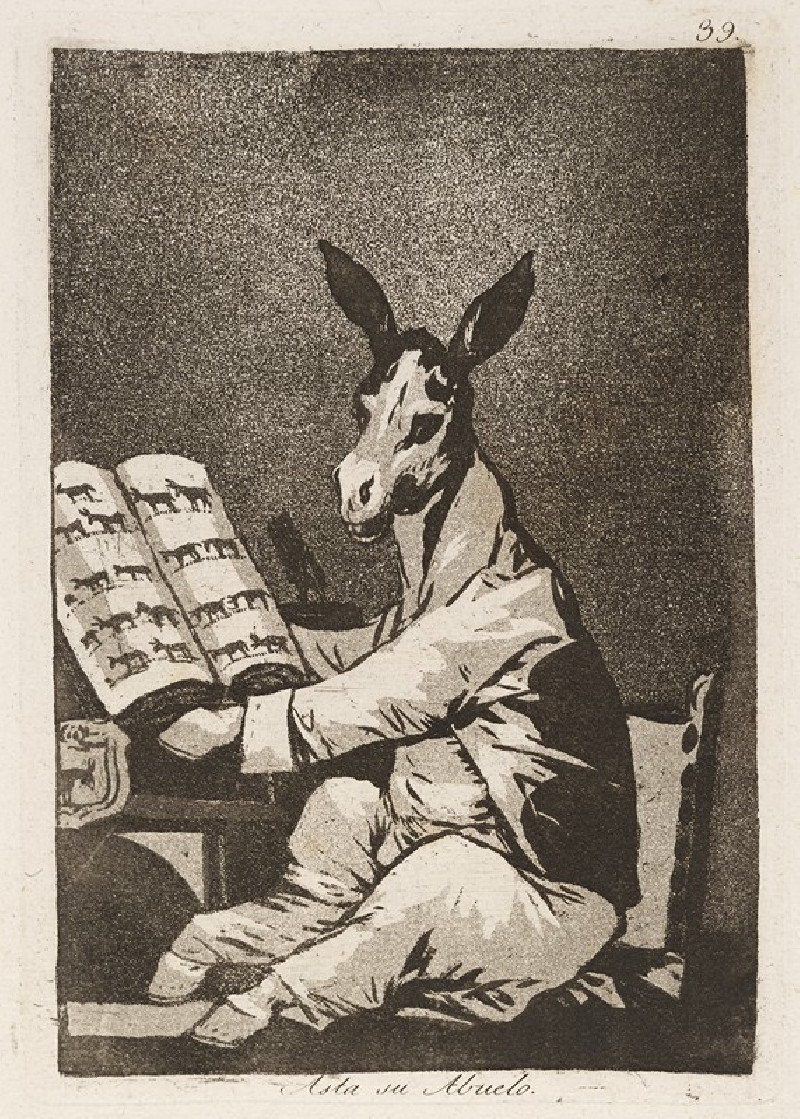Por que fue sensible. (Because she was susceptible.) (1796-1797)
Technique: Giclée quality print
Recommended by our customers
More about this artwork
Dive into the evocative world of Francisco de Goya with the poignant artwork "Por que fue sensible" (Because she was susceptible), crafted between 1796 and 1797. This engraving is part of a larger series by Goya that explores complex human emotions and social commentary, a testament to his profound insight into the human condition.In this striking piece, we see a solitary woman seated on stone steps in a dimly lit environment. Her posture, with one leg stretched out and the other bent, along with her downward gaze, suggests a moment of introspective sorrow or perhaps resignation. A small, faintly illuminated window casts a melancholic light, amplifying the somber mood of the scene. The subtle shading and attention to the textural details of her flowing dress highlight Goya's masterful control of the etching medium. The caption, "Por que fue sensible," hints at a narrative of vulnerability—perhaps critiquing societal expectations of women during his time or reflecting on the broader human experience of sensitivity leading to suffering.This artwork invites viewers to reflect on the layers of meaning within human emotions and societal norms, showcasing Goya's enduring relevance as a commentator on the human spirit.
Delivery
Returns
Francisco José de Goya y Lucientes (30 March 1746 – 16 April 1828) was a Spanish romantic painter and printmaker. He is considered the most important Spanish artist of the late 18th and early 19th centuries. His paintings, drawings, and engravings reflected contemporary historical upheavals and influenced important 19th- and 20th-century painters. Goya is often referred to as the last of the Old Masters and the first of the moderns.



